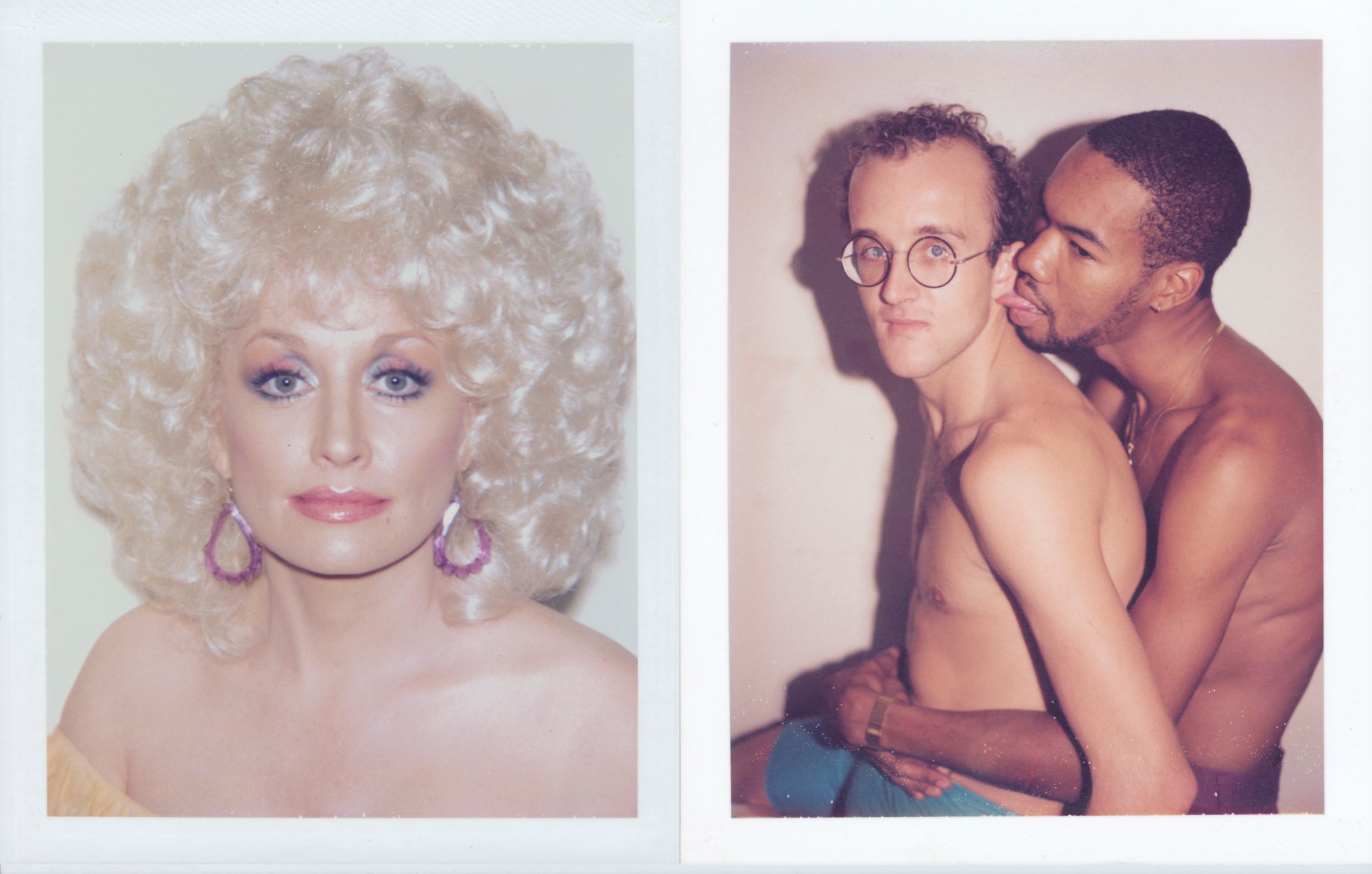Few can claim they entertain fruit in the same way they do Dolly Parton — save for Andy Warhol. The era-defining artist’s simple pairing of a white background and his polaroid camera made him a great equaliser of sorts: “You see him treat some of the most famous people of their time — Grace Jones, Debbie Harry, Keith Haring — the same way he’s treating banal subjects like bananas,” says Amanda Hajjar, the organiser of Warhol’s latest exhibit, Photo Factory, at Fotografiska New York. Perhaps you want to get a glimpse of Jean-Michel Basquiat’s crotch from 1983? Or revel in a 1982 Jane Fonda (because of course)? Whatever your pleasure, the 124-piece show doubles as Warhol’s visual diary across mediums; from his hand-stitched photography work to his films.
Featuring 20 or so never-before seen-works, Photo Factory reminds us just how playful Warhol could be with his subject matter — and how his various characters all had an intimate story to tell. Yes, we know Warhol from his iconic portraits and silkscreens like that of Marsha P. Johnson; but alongside the well-known Stonewall activist came Monique, Helen/Harry, Broadway, Wilhelmina, Iris and many other trans women and drag queens whose narratives were just as central to an archetypal New York City of the 70s. While their pursed lips and nostalgic costumes received less of the limelight when Warhol’s 1974 series Ladies and Gentleman was first released, the current showing revives their existence. These portraits and other scenes of the collection merge the viewer with Warhol’s eye as an inside voyeur. And, consequently, we become closer to key characters that defined The Factory, the mythical world of Studio 54 and a more wild incarnation of the city.
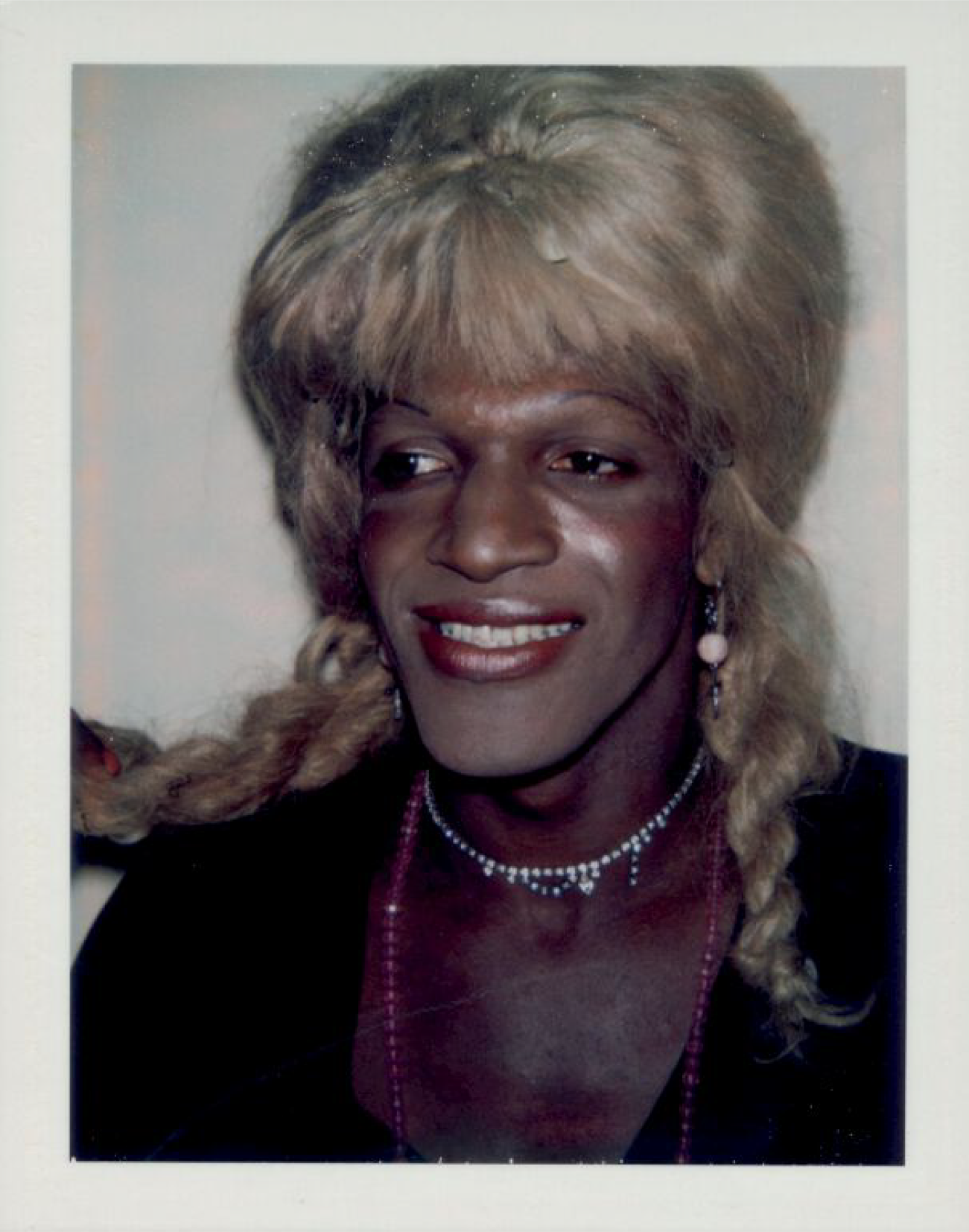
As for the why now, Fotografiska purposefully reacquainted us with Warhol following a period of time marked by fatigue, grief and isolation. “New York is coming out of a tough moment,” shares Amanda. “We’re getting back into the rhythm of things as a city, and Warhol allows us to have this celebratory moment.” Given the artist’s decades in New York, the curatorial team felt he was an emblem of reentry and, quite simply, much needed play. Between his legendary work (and mere existence) and the breadth of subjects and scenes Warhol captured, Photo Factory brings to life the characters of a beloved New York.


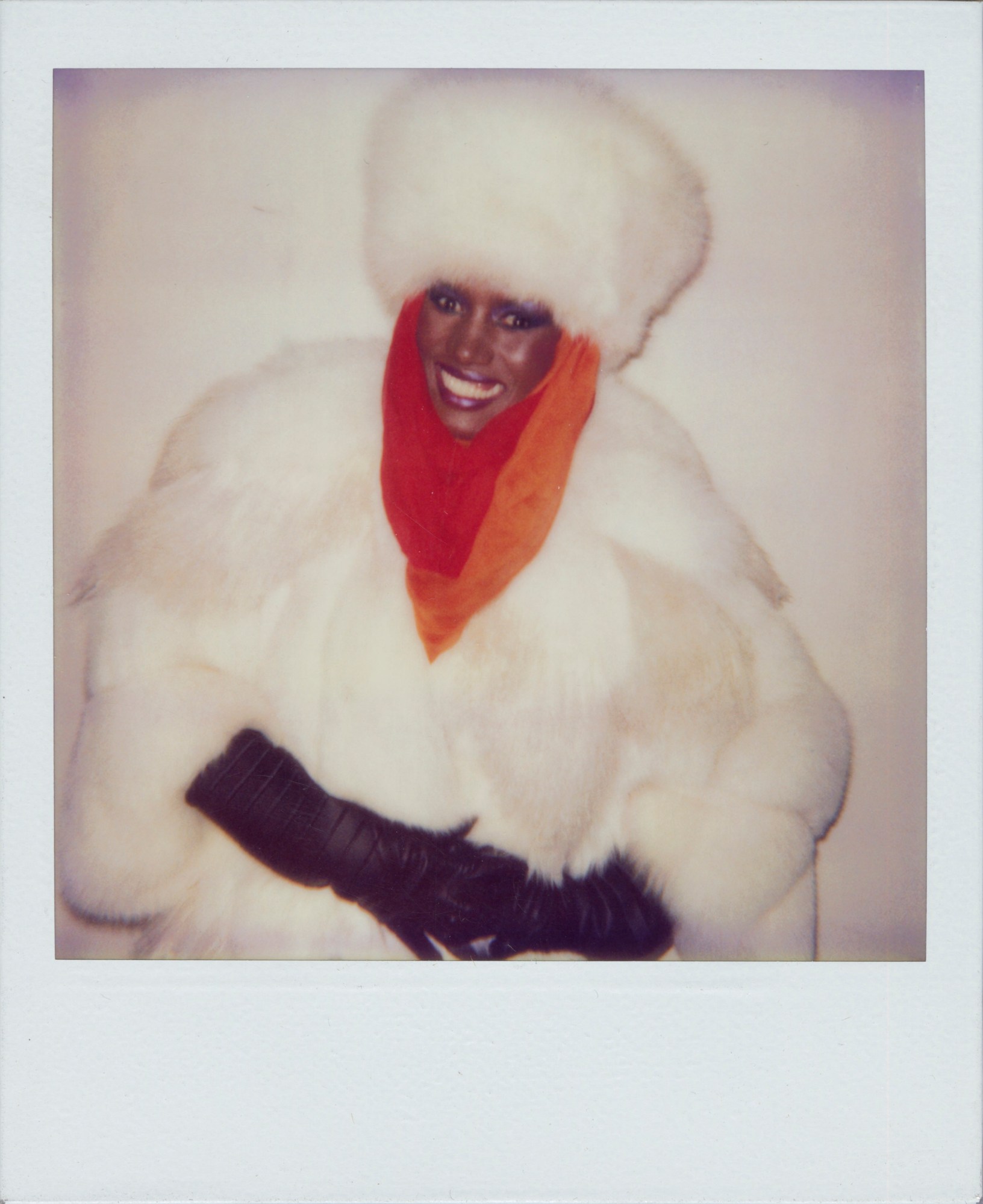
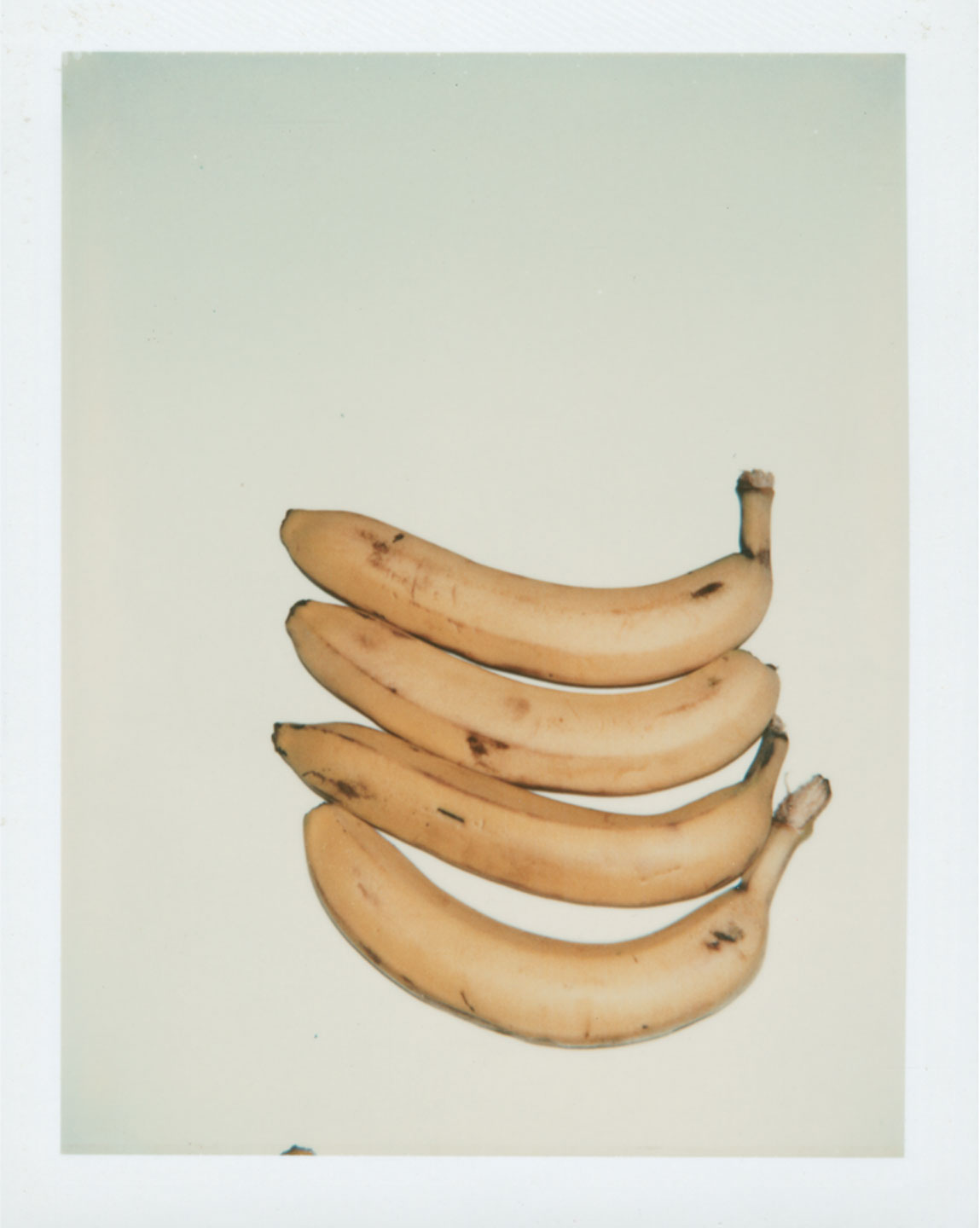
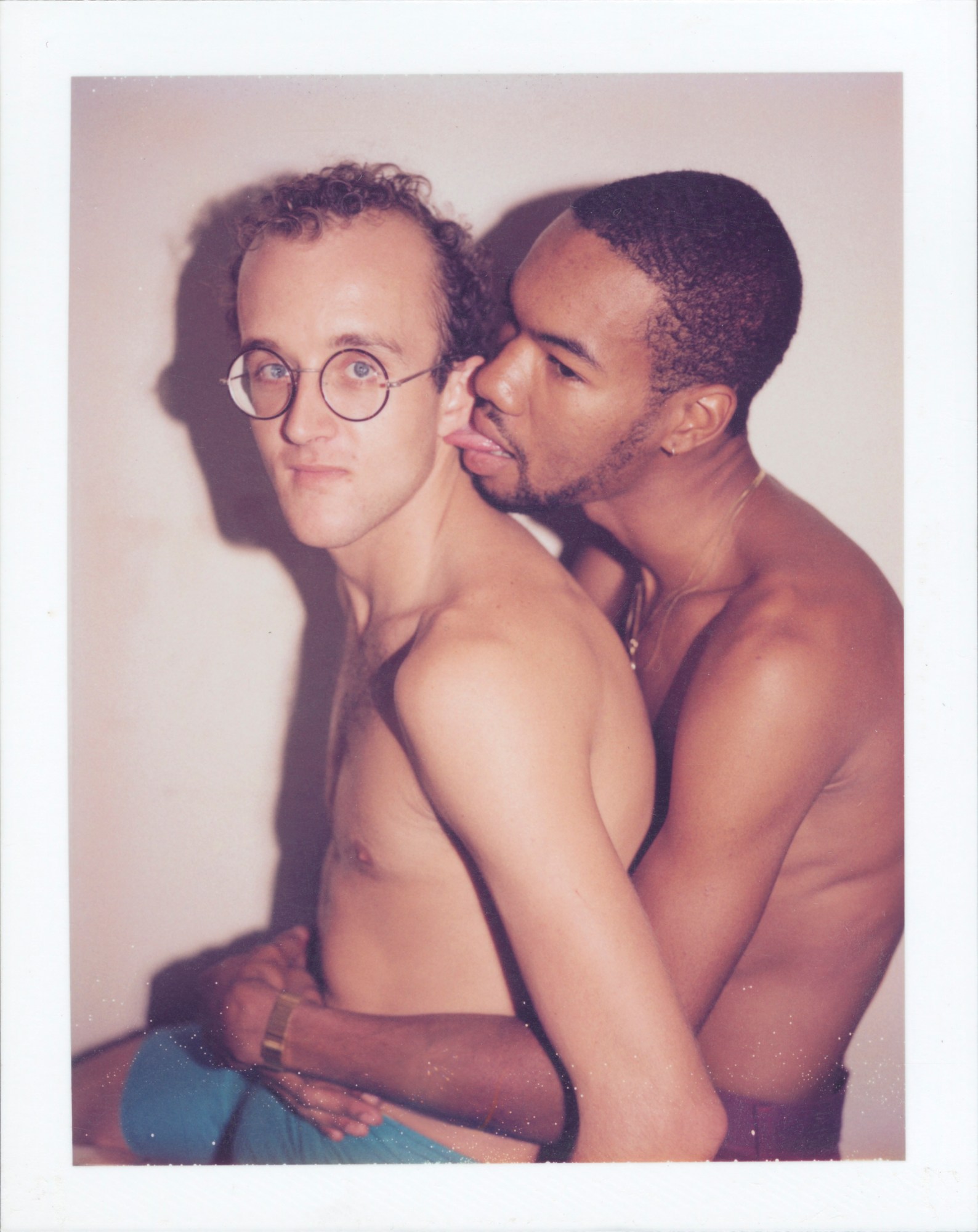
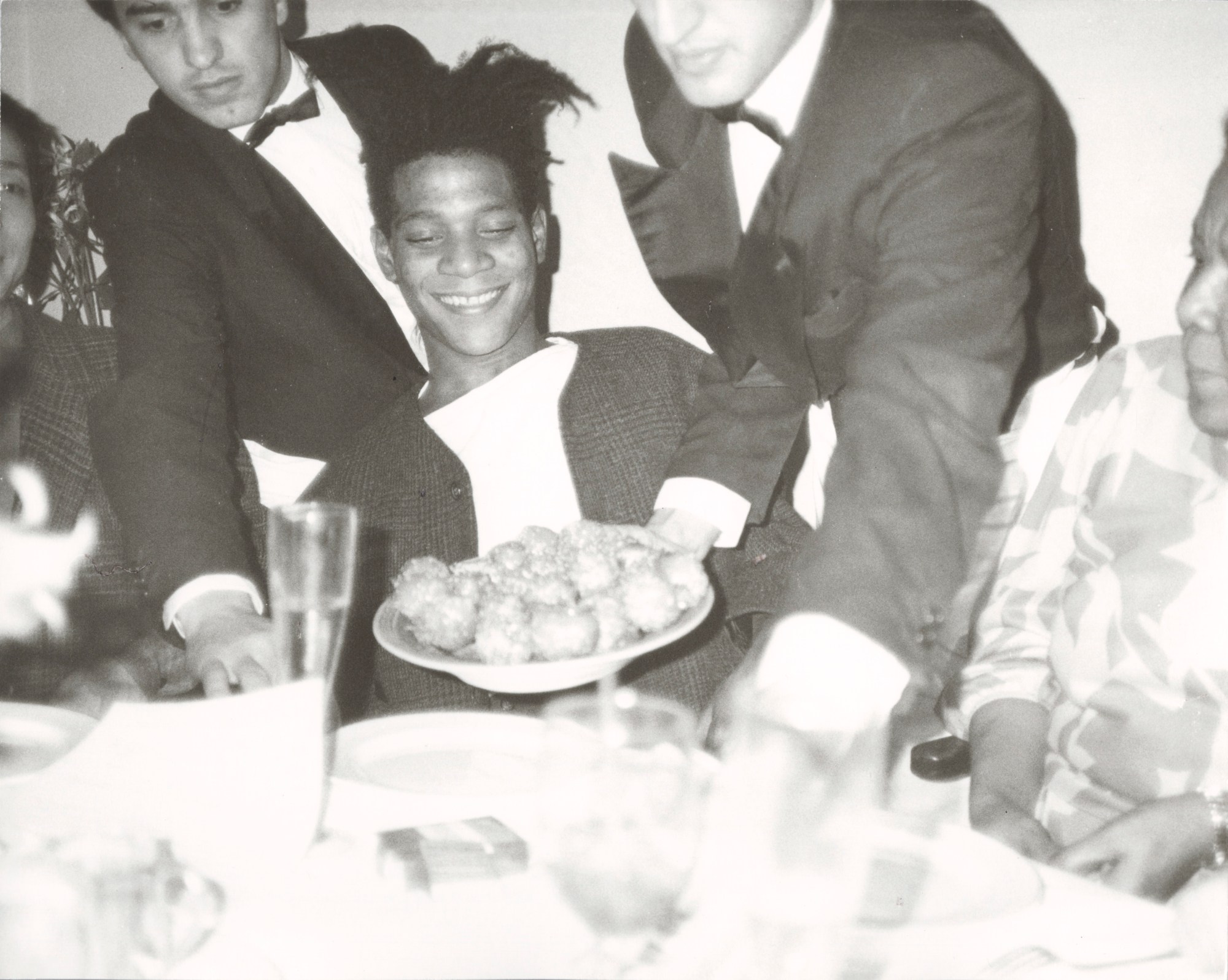
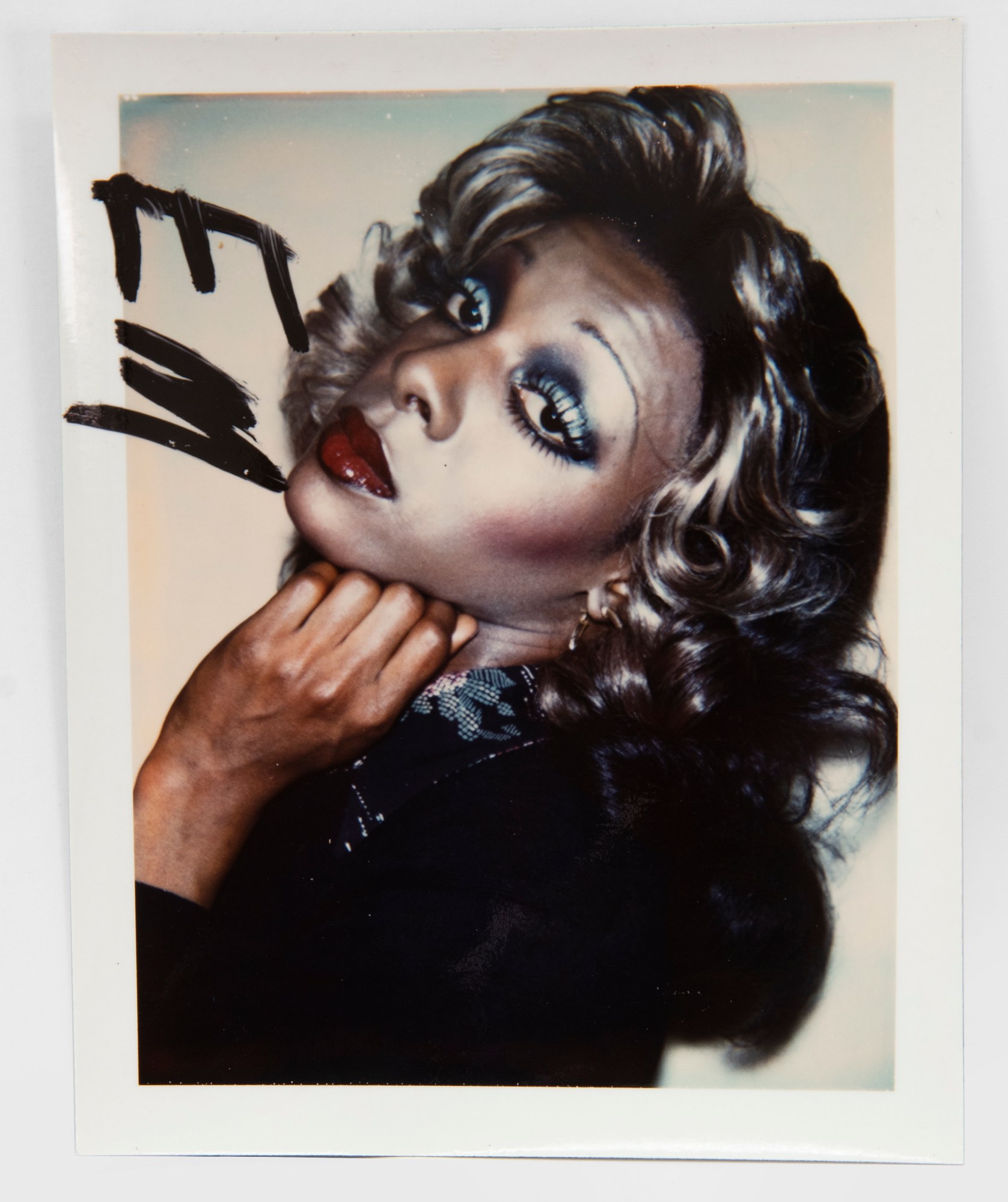

Andy Warhol: Photo Factory is open now through January 23, 2022 at Fotografiska New York.
